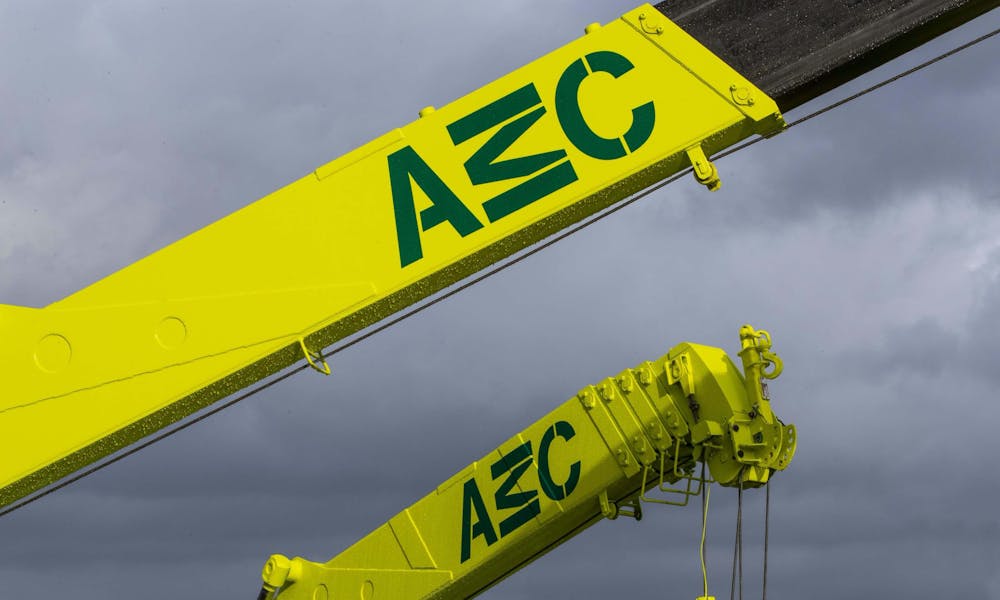What is a lift plan?
A lift plan is an inclusive term for the documents produced by a competent appointed person when planning a lifting operation. A lift plan contains risk assessments, method statements, detail of loads, calculations for outrigger loading and ground bearing pressures alongside supporting information, such as schedule of lifts, a comprehensive and detailed drawing package, including berthing locations and load slinging methods. It may also be required to comply with current health and safety legislation.
Lift plans are used as a precautionary method to protect your load, the surrounding people on site and the property during a lift, aiming to identify all hazards, the necessary safety precautions that need to be undertaken and any other risk that could present during a job.
Questions a lift plan aims to answer: Is the soil or ground stable enough for the crane and its load? Can the outriggers be stabilised sufficiently? Are there any power lines to obstruct delivery? Are there any obstacles in the way that may be detrimental to your lift? Is the load being moved or suspended over areas of the general public? Is there an environmental or chemical risk to the public if the load drops?
To ensure that lifting is performed safely a lift plan must be created to ensure all characteristics of the lift have been assessed in terms of safety and that the lift is within the limits of the equipment. Once completed, the lift plan will be signed and approved prior to the lift.
